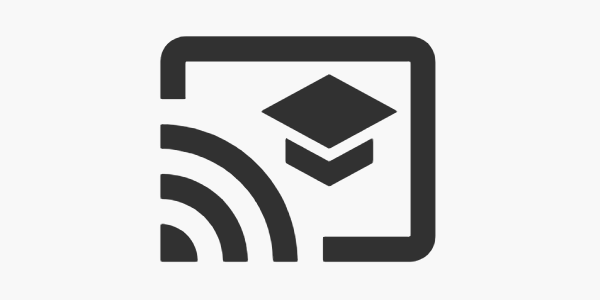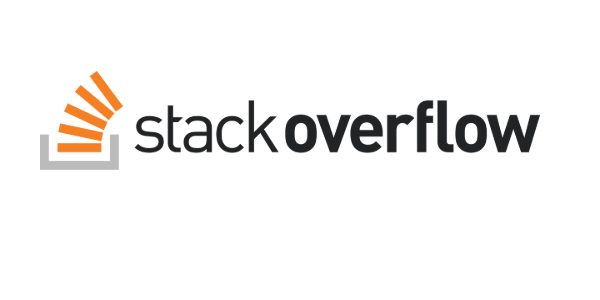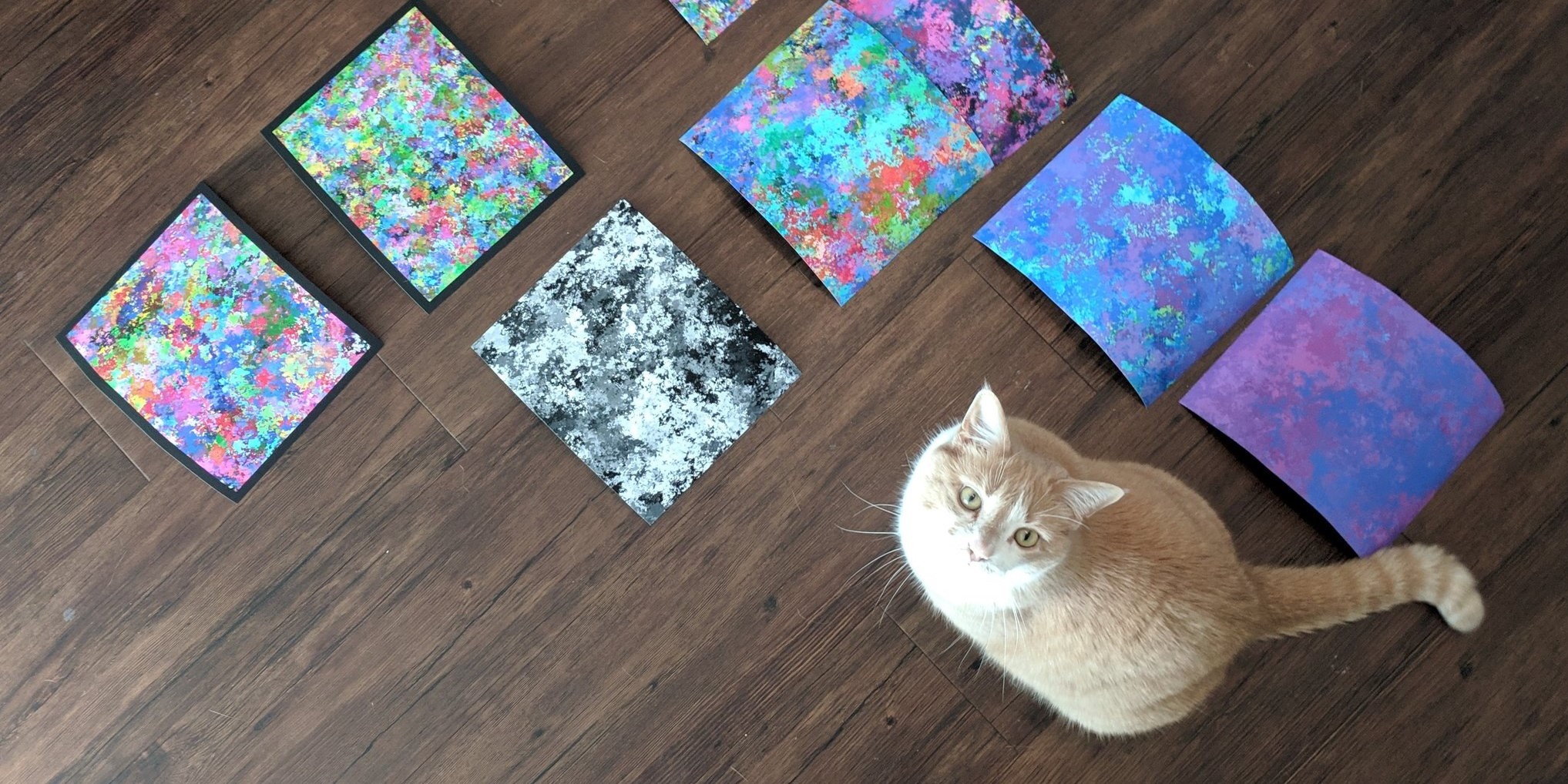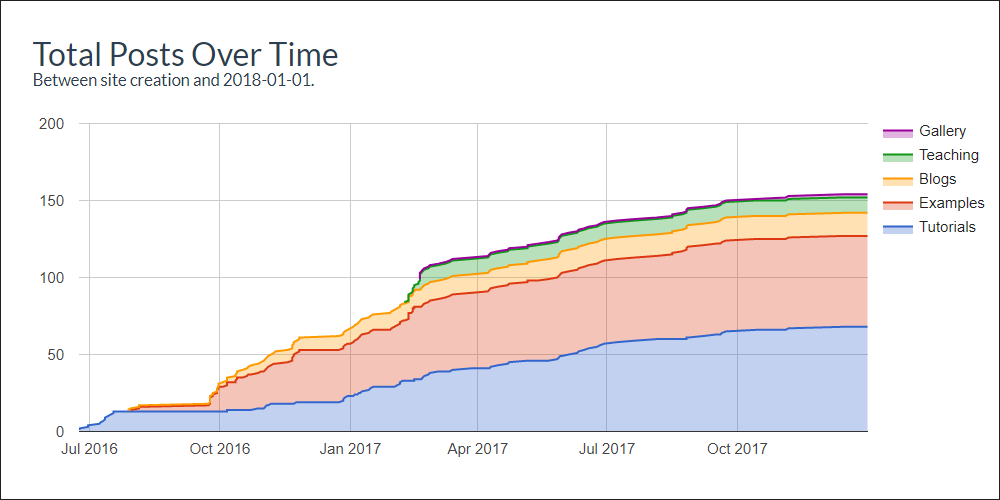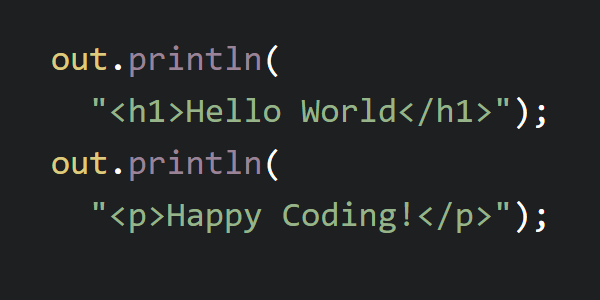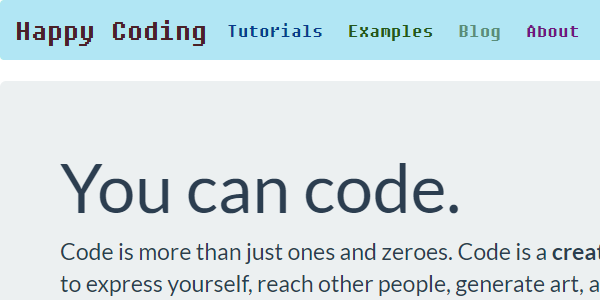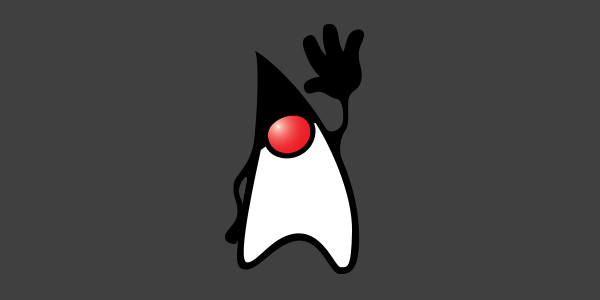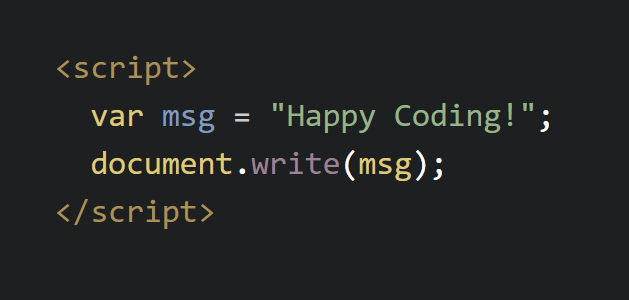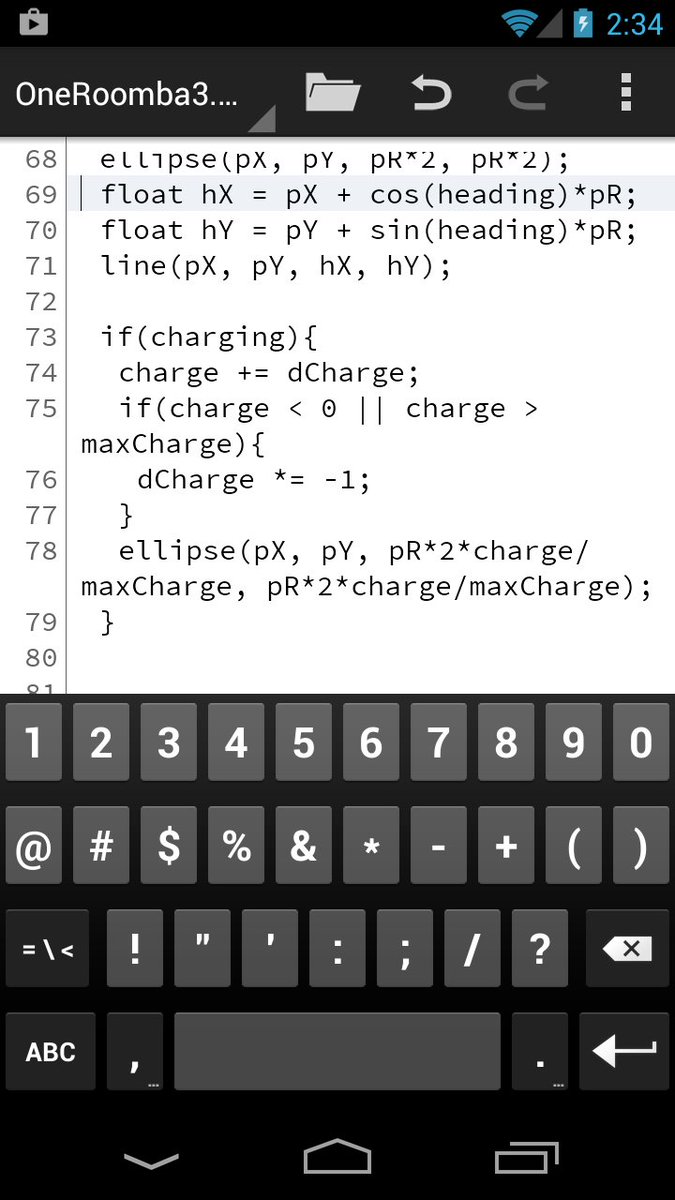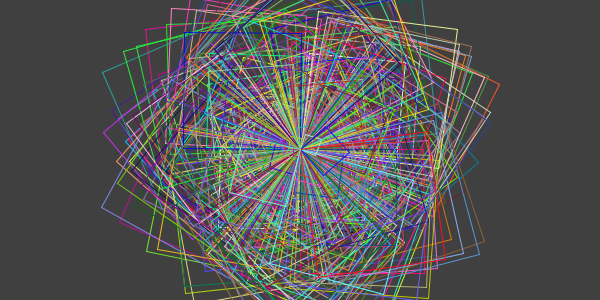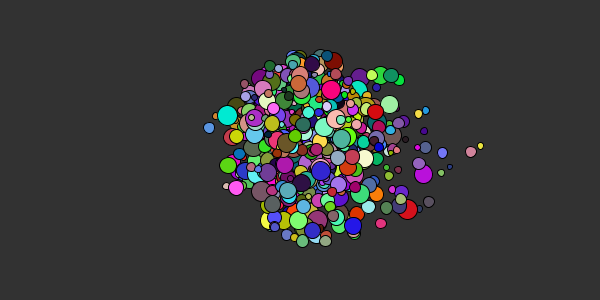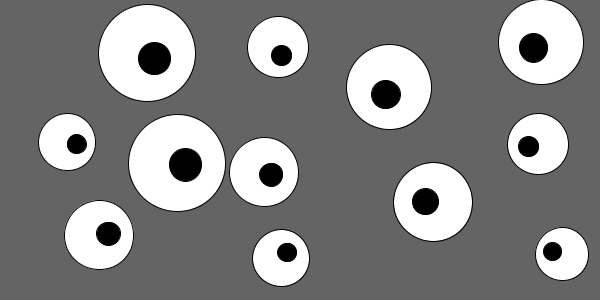The Power of Boredom
The Power of Boredom
I’m very lazy.
Left to my own devices, I wouldn’t get much done. I would spend most of my days eating potato chips, watching Netflix, and staring at the internet.
And that might be okay for some people! If that’s what you feel like doing, I’m all for it. But I personally end up feeling pretty grouchy on zero days.
No More Zero Days
A zero day is a day where I get nothing done, where I accomplish nothing, where I make no visible progress towards my goals. Zero.
The alternative to a zero day is a non-zero day. That might sound obvious, but the idea is that it doesn’t need to be an “I did everything” day. It just needs to be an “I did more than zero” day. Do one push up. Write one line of code. Clean one part of the kitchen. Write one paragraph of this blog entry.
(I didn’t come up with the concept of zero days. I believe it was popularized by ryans01 here.)
The goal of this post is not to criticize relaxation. It’s to talk about how I overcome my own zero days: by using my boredom as a tool to trick my lazy self into putting in the work.

“I’m bored!” - this cartoon cat, probably
The Power of Boredom
Twitter, Netflix, YouTube, Instagram, Facebook, and a thousand other companies are all vying for our attention. Tech companies measure their success by user engagement, which is a fancy way of saying: how many times do people look at their phones?
I’m not a technological pessimist, but I do think it’s important to notice the effect that technology has on us.
This is going to sound like a tangent, but stay with me. Back in high school (way back before phones had internet), I worked in a tiny toy store in the corner of a seasonal outlet mall that really only had customers when tourists visited in the summer. I worked most weeknights, and it was pretty common to see zero customers for an entire shift. It was B O R I N G. And this is one of the best things that’s happened to me.
I was so bored and had so much time to kill, that I had no choice but to read, study, and do my homework. So although I wasn’t a particularly good student, or a particularly motivated student (see the first sentence at the top), I did end up getting okay grades- all thanks to being stuck in a boring toy store for 6 hours a day. If I had been able to distract myself with the internet back then, I honestly don’t think I’d be where I am now.
Fast forward to today. I’m no longer in school (although I do still have that nightmare where I find out I have a final in a class I forgot about until right now), but I do have a list of goals and projects I want to get done. And the way I get them done is by using my boredom as a tool.
Make it Harder to Distract Yourself
Because all of those tech companies are vying for our attention, they make it extremely easy to take a quick detour: read a couple tweets, check your notifications, watch a 30-second video. The problem is that this detour quickly turns into mindless scrolling. It’s like eating potato chips: eating one might be okay, but it’s easy to look down and realize you just ate the whole bag without thinking about it. It’s easy to scroll through (insert your favorite app or website) and realize an hour has gone by.
To fight this potato chip effect, I try to make it just a little harder to get to the bag. I’ve disabled notifications on my phone, and I use Simple Blocker to block potato chip websites on my laptop. Sure, I can just disable the blocker whenever I want to waste some time, but that’s the point: I turn wasting time into a choice instead of a default.
Make it Easier to Work
The other side of that coin is that I make it as easy as possible to jump back into work. Stuff like opening up a code editor, opening up a command line window, and remembering what I was doing when I last left off might seem small- but each one adds to the inertia of starting the work.
So I always have a command line open with Jekyll running, I always have a text editor open to whatever I’m writing, and I always have Eclipse open with the code I’m working on. Getting back to work is as easy as opening my laptop, and everything is already open.
The end result is that it’s easier for me to work than it is for me to waste time.
Stop at Continue Points
It might seem logical to stop at a stopping point, but every stopping point is immediately followed by a step where you figure out what you need to do next. Figuring out what you need to do is usually harder than doing it. Taking the first step is harder than taking the second step. Think about how much harder it is to write the first sentence of a paper (or blog post) than it is to write the second sentence.
And with the above idea of making it easier to jump back into the work, I want to get as much of that “what should I do next?” stuff out of the way as possible.
So I don’t stop at stopping points. When I reach a stopping point, I keep working: I get through the next starting point, and when I hit a “smooth sailing” point- that’s when I stop. I’ll stop when I get to the part of the work that I’m excited about doing.
This means that I’m excited to get back to the work. Next time I sit down, I can dive right back in without wasting too much time on the “wait what was I doing again?” part.
So not only do I make it it easier for myself to work than to open up a bag of digital potato chips, I actually trick myself into being excited about that work.
Run a Background Process
This is why we get good ideas in the shower: we aren’t thinking of anything else, and we can’t shouldn’t distract ourselves with our phones. I try to use that same idea by giving myself a background process.
In computer science, a background process is a program the runs “behind the scenes” while other programs interact with the user. One simple example is the alarm clock on your phone: most of the time it’s not doing anything other than waiting for the right time to activate.
Similarly, I like to give myself a “background process” that I run in the back of my head while I’m away from my computer. I call this my default thought because it’s what I’ll think about whenever I’m not thinking about anything else. This might be a question like “what headings do I want in my next blog entry” or a debugging problem like “what could cause that strange behavior in my code?”
I’ll return to this default thought whenever I’m not actively thinking about something else. When I’m walking down the street, waiting in line, or stopped at a red light. These are times where I might reach for my phone, but instead I allow myself to feel bored and then switch to my background process.
Achievable Goals
All of the above only works if I have goals to start with . So step one is to set goals. Write them down somewhere- a blog post, a tweet, or on a sticky note. For me, writing it down helps “make it official” and helps me remember what I’m meant to be doing.
I think it’s important to have longer-term goals, but I try to break things down into smaller steps as much as possible. For me, I’ll start the day by thinking of a few goals that I want to get done, and each one will be about an hour or so of work.
For example, I have a goal this year of writing 12 blog entries. I broke that down into one blog entry per month, and I further break each month down into smaller goals. Today’s goal is not to write this whole article; it’s to write a couple paragraphs of this article. That’s something I know I can get done in one session, so it’s much easier to convince myself to start.
One Thing at a Time

“Never half-ass two things. Whole-ass one thing.” - Ron Swanson
Usually I’ll have a couple different lists of goals going at one time: one for work, one for CodeU, and one for personal stuff. This can get overwhelmeing, especially if I try to do too much at one time. Juggling multiple lists feels like spinning plates where I have to keep everything going or risk it all crashing down to the ground.
One reason multitasking feels so stressful is that constantly switching back and forth between two things means you’re making half as much progress on each. You could make 8 hours of progress on one thing, or you could make 4 hours of progress on two things. Actually, you’ll make even less progress than that, because context switching takes extra time, thought, and stress. It’s very demotivating to feel like you’re working but not make any visible progress.
So I try to avoid multitasking as much as possible. I don’t start on my second goal until I finish my first goal. This is especially difficult as I get to the hard parts of my current goal, and the next goal starts looking more and more fun by comparison.
I try to use this as a motivator to finish up what I’m working on: hey lazy, as soon as you finish writing this blog entry, you can go play with movie colors! Again, tricking myself into doing the work.
Ship It
When working on something creative like coding, painting, or writing, it’s easy to obsess over the details and to try to make the end result as perfect as possible. It’s really hard to say something is finally finished, because there will always be one more thing that you could improve.
“Perfect is the enemy of good.” - Voltaire
I’m a huge fan of the worse is better philosophy. Instead of trying to make everything perfect, I focus on iterative and incremental development. I put together a minimum viable product that’s good enough, and then I ship it: I publish the tutorial, I commit the code, I share the project I put together.
For example, I’m not super happy with how this blog post turned out- I roll my eyes whenever somebody with a bit of privilege talks about how easy it is to bootstrap yourself to success, and I very much don’t want to be that guy. So I didn’t want this to sound like an advice column, and I could have done a better job at that. But I’m not going to obsess over it. I’m going to post it, cross it off my to-do list, and move on to the next thing.

“Happiness is an empty to-do list.” - this cartoon cat, probably
The Power of Boredom
I’m not saying that any of the above is the best way to approach life. Other people are probably less lazy than I am and don’t need to trick themselves into working like I do. I also know that my happiness is a little too dependent on crossing stuff off a list, and other people find joy in other places.
But I do think there’s merit to viewing boredeom as a finite resource instead of something that should be avoided or eliminated. It’s extremely useful, and if you use it properly, it can help you get closer to your dreams.
That’s why I also think it’s important to be aware of companies, devices, apps, and websites that encourage us to use up our boredeom. Tech companies want us to fill the “in between” times in our lives with I have a minute to kill. Better reach for my phone. Scroll scroll scroll…
Instead, my “in between” times go more like this: I have a minute to kill. I could check Facebook, but oh that’s right I uninstalled it last week and reinstalling it sounds like too much work. Hmm I’ve been wondering how to end my blog post, and I think I might end it with a callback to the toy store. Well my laptop is right there, and my text editor is already open, so I might as well brain dump a paragraph…
By allowing myself to feel bored, I end up tricking myself into working towards something. Not bad for a trick I picked up in a toy store.
Hopefully this didn’t come across as too advice-column-y or anybody-can-succeed-if-they-just-work-all-the-time-y. What do you think? Do you have any tips for tricking yourself into putting in the work?









